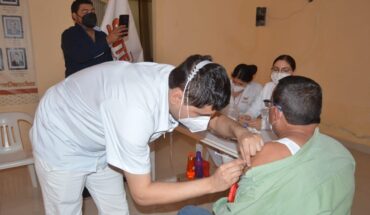As a result of the health crisis generated by Covid-19, health has become one of the main concerns of the population, states and organizations. However, beyond the technological boom of telemedicine, the great step towards digital transformation in the medical field has not been taken and we continue to maintain levels of automation in health facilities, similar to those that already existed before the pandemic.
Permanently in forums, congresses and seminars we can see the latest developments in health information systems and we wonder when they will be available. But the big gap in Chile is not there, in fact, technological advances in user experience, interoperability and management of large volumes of data, are already available and in operation in the country.
Currently, the gap is in two elements. The first is the definition of a clear digitalization strategy, I defend whether this will be based on health facilities or health networks. In fact, when we talk about health facilities we refer mainly to the needs of health professionals, while when we refer to health networks, this is linked more to the needs of the patient and access to the various establishments of the network, starting from primary care to the most complex facilities, as established by current regulations.
Although, one might think that the focus of the strategy is clear and what is sought is the digitalization of networks, the actions carried out in 2022 do not demonstrate the same. During the year there were tenders mainly from hospitals, for example, the Ovalle Hospital, the Puerto Montt Hospital and the Alto Hospicio Hospital, among others. Probably only the Central Health Service was the only network to tender the complete digitization of the network.
The second element is the increase in the annual budget, considering the processes of implementation, maintenance and operation of the current platforms. It is not enough to have some processes implemented and automated, such as outpatient and emergency, but also progress must be made in closing gaps in other processes, such as ward and hospitalization. All this so that the patient’s transit, either through one or more establishments in the network, is supported from start to finish by a platform that allows them to register, store and make available – securely – their clinical data for correct and efficient care.
From the experience we have in the area of national health, having implemented and maintained the operation of eight health networks, seven public and one private, we can observe that today there are the tools, technicians and capacity to implement such technological platforms.
Therefore, the great challenge facing the political authority for 2023 will be to define the sector’s digitalization strategy and budget to significantly reduce the implementation gaps that currently exist.
The content expressed in this opinion column is the sole responsibility of its author, and does not necessarily reflect the editorial line or position of El Mostrador.
Follow us on





